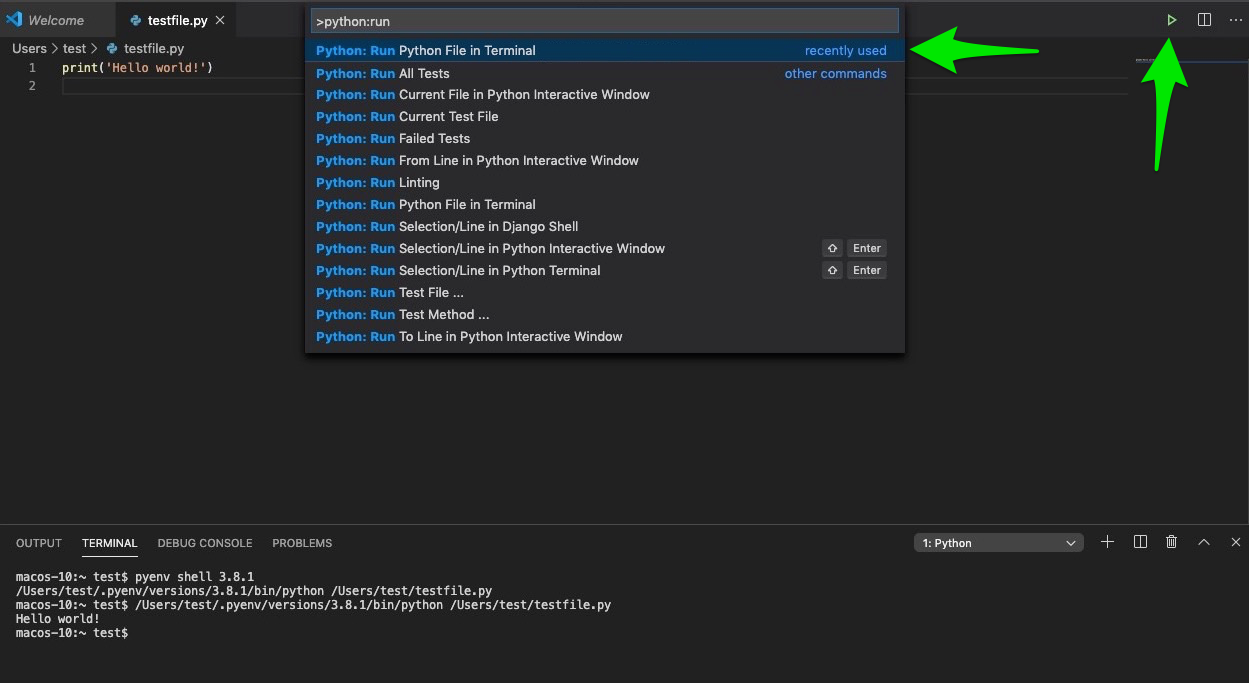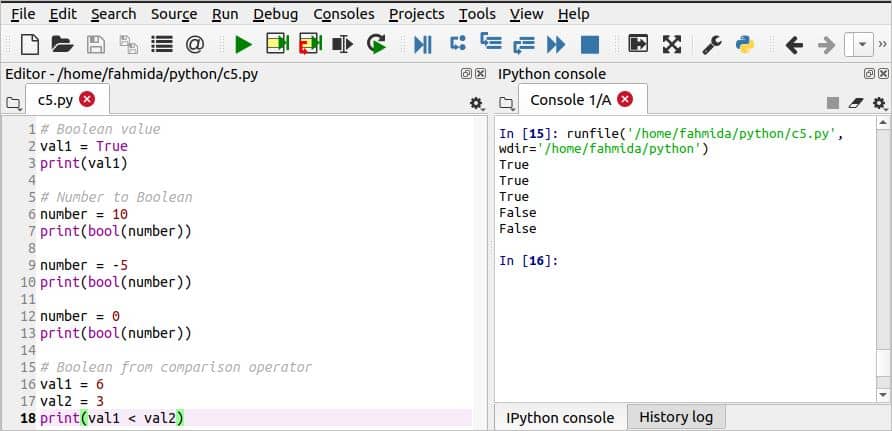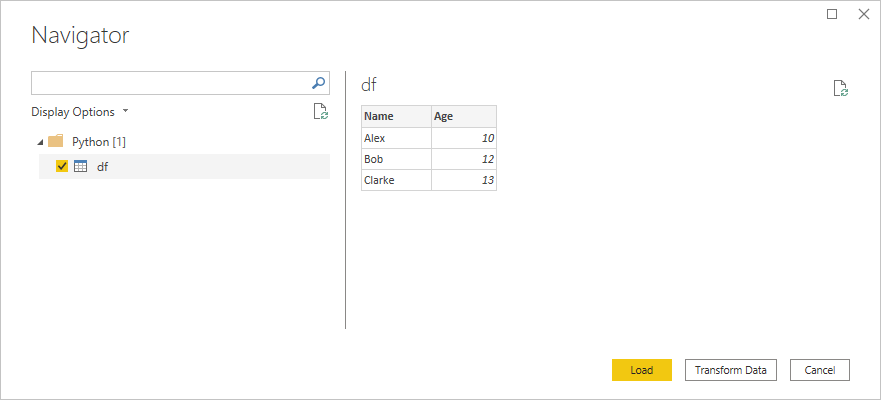

- PYTHON TEXT EDITOR RUN LOGIN SHELL HOW TO
- PYTHON TEXT EDITOR RUN LOGIN SHELL PDF
- PYTHON TEXT EDITOR RUN LOGIN SHELL CODE
Tip: Change the tabs location using the setting. Each terminal has an entry with its name, icon, color, and group decoration (if any). The terminal tabs UI is on the right side of the terminal view. There's a dedicated troubleshooting guide to help you with these sorts of problems.
PYTHON TEXT EDITOR RUN LOGIN SHELL CODE
Note: If you're having trouble launching your preferred shell in the integrated terminal, it may be due to your shell's configuration or a VS Code terminal setting. You can learn more about configuring terminal shells in the terminal profiles section below. You can select other available shells to use in terminal instances or as the default such as Command Prompt on Windows, and zsh on macOS and Linux. The integrated terminal can use various shells installed on your machine, with the defaults being: Note: Open an external terminal with the ⇧⌘C (Windows, Linux Ctrl+Shift+C) keyboard shortcut if you prefer to work outside VS Code.
PYTHON TEXT EDITOR RUN LOGIN SHELL HOW TO
This “hello world” script isn’t particularly useful, but it will show you the basics of how to create and run a shell script.

The words “Hello World!” will be printed to the line below the command prompt. Navigate to the directory where the file is saved, and enter this: Now that the shell script has been made executable, we can run it. Sudo chmod +x hello-world.sh Run the Script To do that, enter this at the command prompt: Next, we’ll need to make the hello-world.sh file executable. Every shell script you create will need this on the first line of the script.Įxit and save the file in Nano by pressing Ctrl-X to save and exit. The first line of this program, #!/bin/sh, is called a shebang. This tells the BASH shell to execute the commands in the script. Now, enter this code into the text editor: #!/bin/bash Then open the Nano text editor and create a new file named hello-world.sh by entering this at the command prompt: To begin, log in to your Raspberry Pi, and navigate to the directory where you want to save the script. In this example we’ll write a simple “hello world” script to demonstrate how to create and run them. Shell scripts are simply an executable text file with the extension “.sh”. I’ll just cover the basics of writing shell scripts here, but the book Classic Shell Scripting by Arnold Robbins is an excellent resource for anyone interested in learning the details about writing shell scripts. The basic syntax for a pipe is:Ĭommand 1 | command 2 How to Create and Run a Shell Script Pipes can be used with as many commands as you want. A pipe allows the output of one command to be forwarded to the input of the next command. One very useful feature of a shell script is the ability to create pipes.

Shell scripts can make use of variables, if-then statements, loops, and pipes (see below). This basically means that it has commands and functions to perform tasks that would otherwise take a lot of code to execute. It’s more removed from system and memory processes than lower level languages like assembly or C. The shell language is a high level programming language.
PYTHON TEXT EDITOR RUN LOGIN SHELL PDF
BONUS: Download the Raspberry Pi programming cheat sheet – a one page PDF guide with instructions on how to create and execute C programs, Python programs, and Shell scripts.


 0 kommentar(er)
0 kommentar(er)
